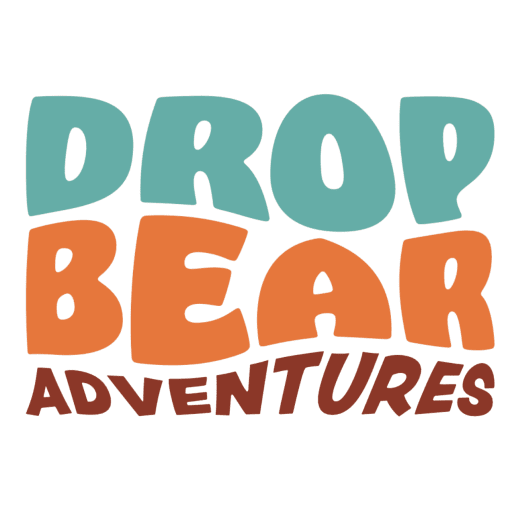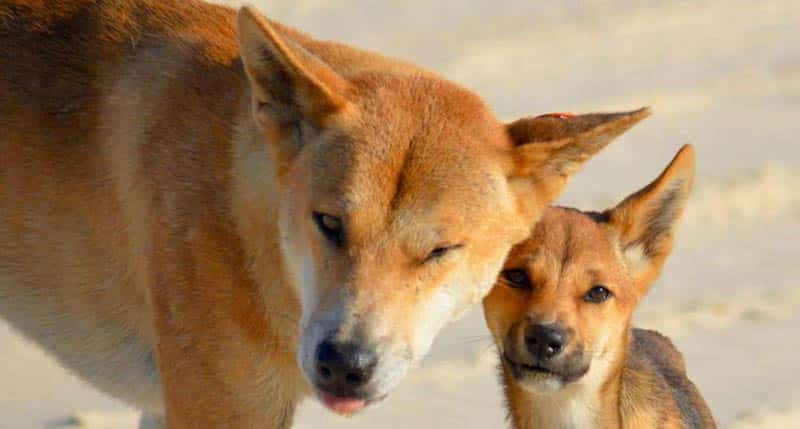IT’S OUR FAVOURITE TIME OF YEAR ?
Spring is in the air and that can only mean that this year’s dingo pups should be venturing out and about on the island so make sure you keep your eyes peeled!
THE AUSTRALIAN DINGO
Dingoes (Canis lupus dingo) are an important part of the native fauna are regarded as wild dogs and are protected in some areas. They are found across most of mainland Australia, including K’gari (Fraser Island) and thrive in all habitats from desert to grasslands, alpine areas and the tropics. The islands population of dingo ranges between 100-200 dingoes and has now been recognised as a breed in its own right due to their gene pool having become unique over hundreds of years.
Two centuries of interbreeding with domestic dogs blurred the line between pure dingoes and wild dog hybrids, so much so that in 2008 pure dingoes — which are found in captivity, on Fraser Island and in isolated pockets throughout the mainland — were classified as vulnerable on the IUCN Red List of Threatened Species.
Dingoes are lean, medium-sized canines, weighing between 13 and 24 kilograms and come in a range of colours from black and tan to sandy yellow, ginger, white and sable (similar to German shepherds). They tend to have a bushy tail, pricked ears and white markings on their feet, chest and the tip of their tail.
THE DINGO BREEDING SEASON
While dingoes are often seen on their own, during the breeding season they live in family groups that include a mating pair and their offspring from the previous year or two. Similar to most other animals they defend their territory more assertively from non-resident dingoes and other perceived threats during this time. They communicate with other pack members by howling, although they do still bark in alarm to defend territory from intruders.
Usually only the dominant pair breeds and following a gestation period of around 60 days, an average of four to six pups are born. They are raised with the help of other members of the pack. Females can breed from two years of age, however depending on the availability of food, water and the stability of the pack the dominant female either suppresses other females’ breeding cycles or kills any pups born to subordinate animals.
The pups are fed exclusively on milk for the first two weeks of life. Regurgitated meat is then slowly added to their diet until they are fully weaned at two months. They become fully independent from the age of four months.
The length of time dingo puppies remain with the family group varies widely and depends on the richness of their territory with some juveniles leaving not long after being weaned, while others remain with the family to help raise the next generation. A lucky few stay on to inherit the territory, which is handed down through the family.
If you spot a dingo whilst out and about on K’gari please do feel free to take a photo and share it with the social media group Fraser Dingo Watch which is doing all that it can to protect the island population of dingo.

